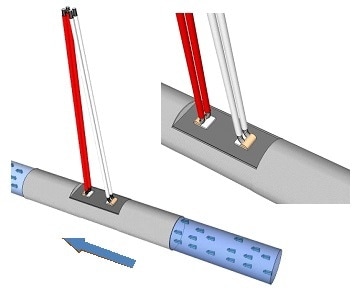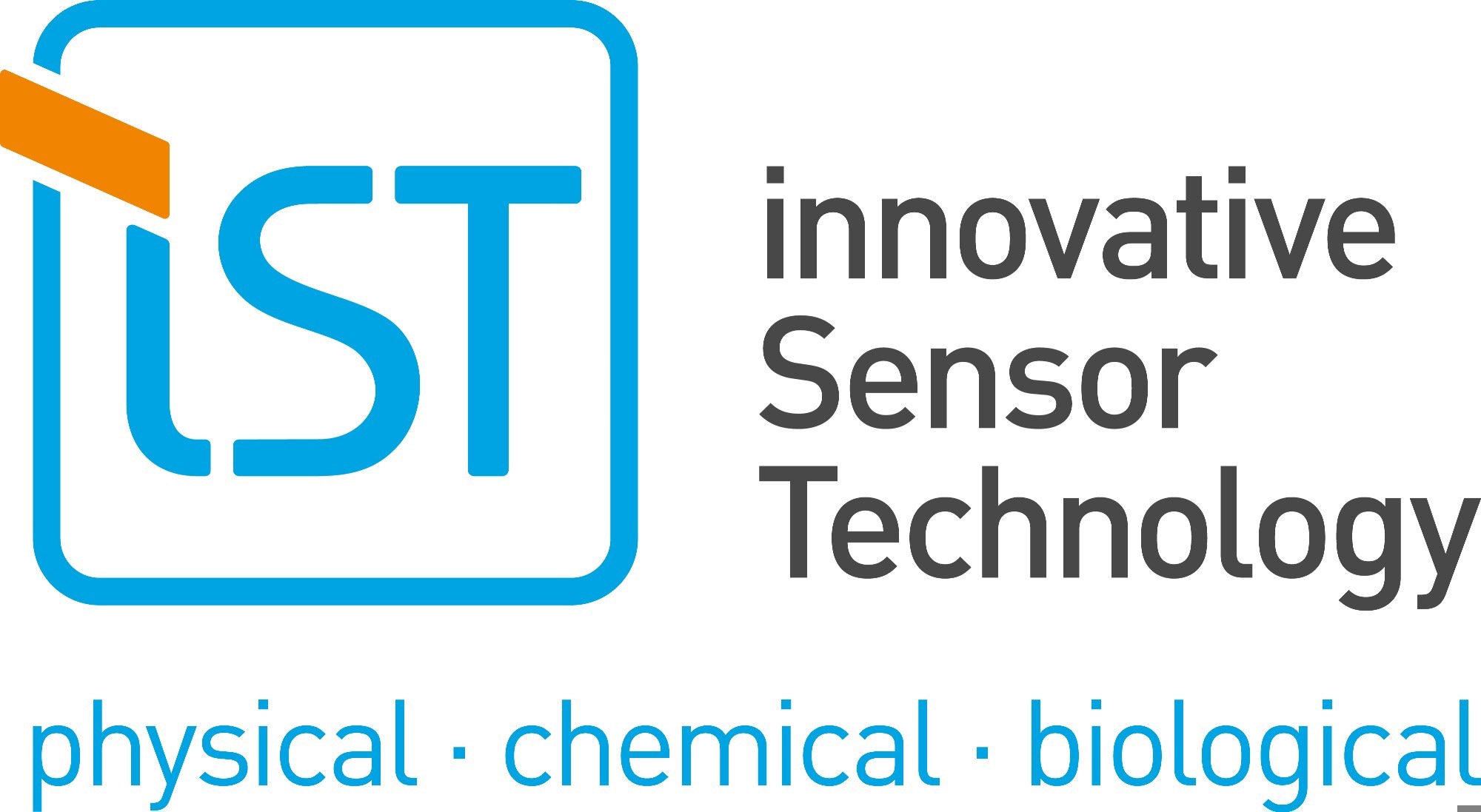IST AG thin film mass flow sensors provide resolutions for an extensive range of flow applications. The thin film and membrane technologies include extremely accurate temperature sensors and heaters as core elements of the sensors.
IST AG’s flow sensors have an operating temperature range of -30 °C to +450 °C, are applicable in gas (liquids upon request), and can measure flow rate and direction from 0.0001 m/s (microflowSens) to 100 m/s (respectively from 1 mL/minute to 10 L/minute). The sensors can identify the presence of liquids, biofilms, or bubbles as well as reveal liquid levels and measure flow rates. Development channels assure the best possible variation of these sensors, whether in terms of response time, dynamic range, ambient conditions, or directional detection.
Flow Sensors - Innovative Sensor Technology IST AG
Measurement Principle
Principles of heat transfer are utilized by thermal mass flow sensors to determine the flow velocity of a fluid. Heat is carried from the sensor to the medium when the fluid passes across the sensor. This relationship relies on the flow rate. When flow increases, the amount of heat that is transferred also increases. When the medium’s temperature is known, the flow rate can be determined from the amount of voltage compensation required to sustain a constant temperature differential.
Out of Liquid
Measuring systems and thermal mass flow sensors are notable devices that are offered in an extensive variety of products by a few suppliers in the marketplace. Most of the designs are compact, ready-to-use systems with an outlet and an inlet, and a channel with an active or a passive output. These systems are sufficient for a number of general purpose applications where component size and price are less significant. However, they are not well-suited for limited-space and price-sensitive flow control solutions. In such cases, IST thermal mass flow sensor elements provide substantial answers and the choice to customize several parameters to match customer requirements at a profitable pricing.
IST AG’s new out of liquid element offers customers the flexibility of conveniently adapting the element to their applications at a much lower cost. Measuring flow directly in a liquid channel has proved to be a difficult task without drastically shortening the lifetime and damaging the sensor especially because of debris and other contaminating elements in aggressive liquids.
IST AG’s out of liquid element provides customers the chance to create a go/no go application or with double elements to measure the flow going through the channel because of the external placement of the sensors. The principle used is IST AG’s reliable and proven thermal mass flow measuring principle. A sensor chip and a heater, both with backside metalization, are cemented on the tube surface lending a desirable thermal contact with the liquid without being in direct contact with the liquid. This means that even aggressive liquids are suitable for this element.
Technical Data *
| . |
. |
| Measuring principle: |
Thermal |
| Measurement range: |
0 ml/min to 3000 ml/min |
| Warm up time:* |
< 30 s |
| Response time:* |
< 100 ms (0 to 1000 ml/min) |
| Temperature range (liquid):* |
-50 °C to +120 °C |
| Electrical connection: |
Cu/Ag wire, PTFE insulated AWG 30/19 |
| Heater RH: |
(0 °C) = 50 Ω +/-1% |
| Reference sensor RS: |
(0 °C) = 1000 Ω +/-1% |
*Dependent on medium, channel diameter, used electronics, etc.
Datasheet available upon request


This information has been sourced, reviewed and adapted from materials provided by Innovative Sensor Technology, USA Division.
For more information on this source, please visit Innovative Sensor Technology, USA Division.